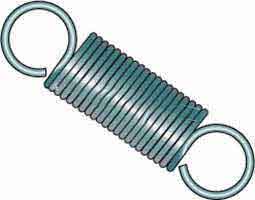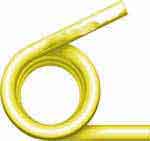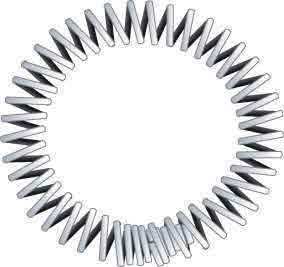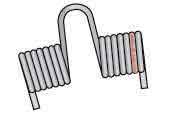5 Spring Wire Material Terms
Here at China Spring Products Corp we like to educate people about all areas of spring design. One major area that is very diverse and misunderstood is spring wire. There are multiple types of wire each with a vast degree of thicknesses. This makes understanding which wire type and size to choose for your spring design complicated. In the following article we are going to define some common terms that will help you gain more knowledge about the wire industry.
1. Heat Number
The heat number (or heat lot) that a particular reel of wire belongs to is a way of identification for the mill, the wire distributer, the spring manufacturer, and the buyer. Often if a spring is being made in large quantities, a buyer may request that all springs be made from the same heat number. This means that all springs made from the reel of wire will have the same tensile strength and hardness levels. In the same token if there is a problem with a particular reel of wire, a spring maker may request a different heat lot.
2. Hardness
The hardness of spring wire is classified as a notch above full hard. Hardness simply means the resistance of the spring wire to any abrasions, cracks, or indentations. Hardness of spring wire is achieved by heating the rod until the steel turns a cherry red color and then place the rod in cool water or oil. After the spring wire is hardened it needs to be tempered (see below).
3. Tempering
If you want to soften hardened steel then you simply reheat it at a lower temperature and allow the metal to cool on its own. This will allow it to revert to its original "soft" state. If you want the metal to be appropriate for shaping and forming into a spring, then you will need to only partially re-heat the wire to remove the brittleness.
4. Passivation
According to ASTM A-380, passivation is “the removal of exogenous iron or iron compounds from the surface of stainless steel by means of a chemical dissolution, most typically by a treatment with an acid solution that will remove the surface contamination, but will not significantly affect the stainless steel itself.”
5. Wire Rod
This is where the original wire that we see in springs is drawn from.
Types of Springs Made at China Spring Products Corp










 Español
Español